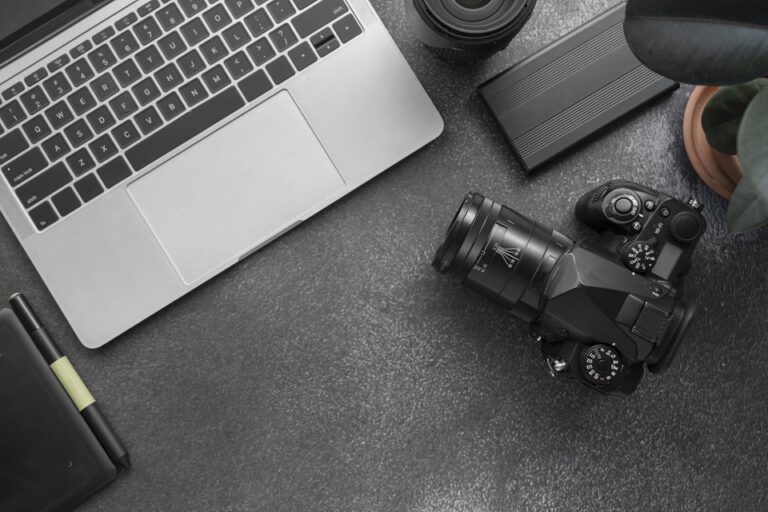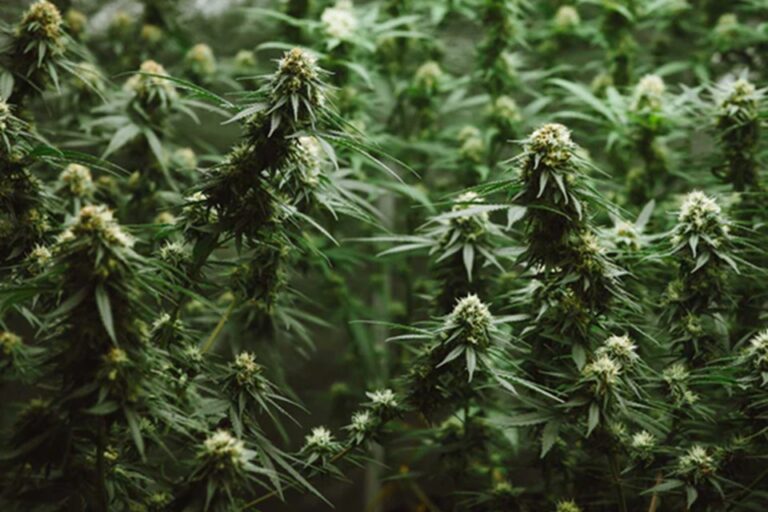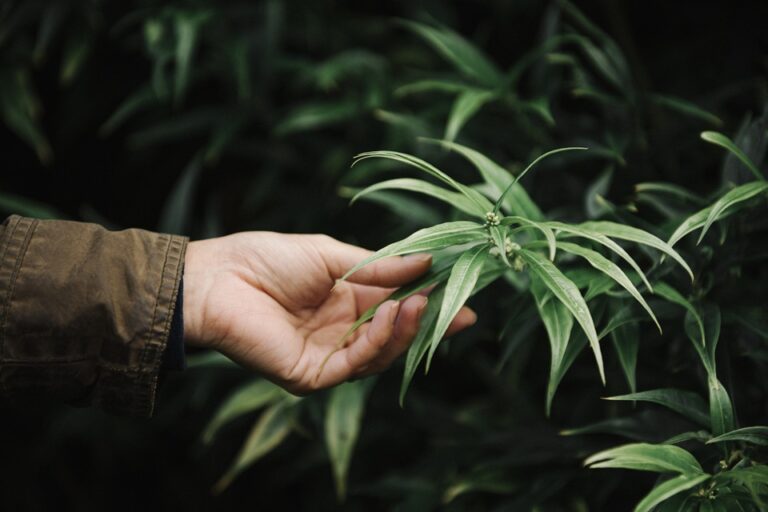In recent years, artificial intelligence (AI) has become a transformative force across various industries, including photography. With the rise of smart technology, photographers are experiencing a paradigm shift in how they capture, edit, and share images. AI connectivity in photography equipment not only enhances the capabilities of cameras but also streamlines the creative process for both amateur and professional photographers.
The Role Of AI In Modern Photography
AI has infiltrated photography in numerous ways, from image recognition and scene detection to post-processing and composition suggestions. Cameras equipped with AI capabilities can automatically adjust settings based on the scene, such as optimizing exposure for low-light conditions or selecting the best focus points for portrait photography. This allows photographers to focus more on artistic expression rather than technical adjustments.
AI-Powered Features In Photography Equipment
Modern cameras come equipped with a host of AI-powered features that revolutionize the way images are captured and processed. Some of these features include:
- Intelligent Autofocus: AI algorithms help cameras lock focus on subjects with incredible speed and accuracy. This is particularly beneficial in fast-paced environments like sports or wildlife photography.
- Scene Recognition: AI can analyze a scene in real-time and suggest optimal settings for different lighting conditions, ensuring that photographers capture the best possible shot.
- Automatic Editing: Post-processing can be time-consuming, but AI-powered software can automatically enhance photos by adjusting brightness, contrast, and even removing unwanted elements.
- Face and Object Detection: AI technology can identify faces and objects, making it easier to focus and ensure that key elements of an image are sharp and clear.
The Impact Of AI Connectivity On Photography
The integration of AI into photography equipment has far-reaching implications. It democratizes the art of photography by making advanced features accessible to a broader audience. Beginners can produce high-quality images with minimal effort, while professionals can leverage AI to streamline their workflows and push creative boundaries.
Moreover, AI connectivity allows for seamless integration with other smart devices. Photographers can instantly transfer images to their smartphones or tablets for editing and sharing on social media platforms. This connectivity facilitates real-time collaboration and feedback, which is invaluable in commercial photography settings.
Challenges & Future Directions
Despite its advantages, the integration of AI in photography is not without challenges. Concerns about data privacy and security arise with the increased connectivity of devices. Additionally, reliance on AI for creative decisions may lead to a homogenization of photographic styles, reducing the uniqueness of individual photographers’ work.
Looking ahead, the future of AI in photography is promising. As technology continues to evolve, we can expect even more sophisticated features and greater integration with other creative tools. Photographers will have access to a vast array of resources, including Arts and crafts supplies online, to further enhance their creative endeavors.
Conclusion
AI connectivity in photography equipment is revolutionizing the way images are captured, edited, and shared. By automating technical processes and enhancing creative possibilities, AI is empowering photographers to explore new horizons in their craft. As technology advances, the synergy between AI and photography will continue to shape the future of visual storytelling.











